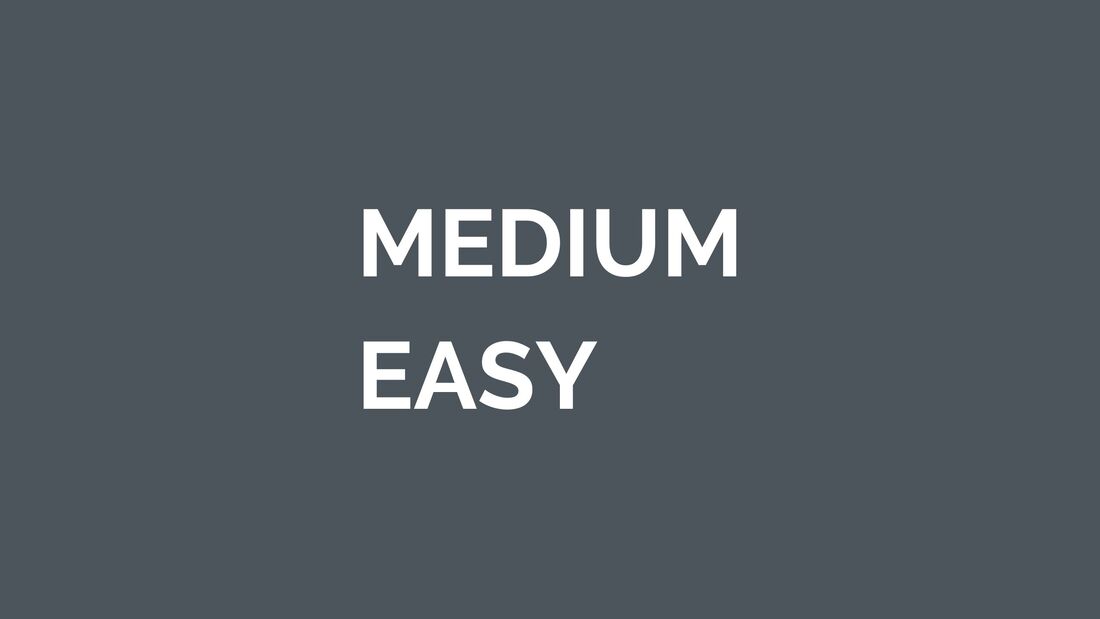BROWSE TITLES
Beginner
- For ensembles in the first year of instruction
- Content is engaging, but not overwhelming
- Features only the first 6 notes of the B-flat major scale
- Rhythms include whole, half, quarter, and sparse eighths
- Basses are in unison or doubled at the octave
easy
- Ideal for advancing first and second year students
- Rhythms begin to include simple eighth note syncopations, percussion parts become more independent
- Ranges limited but begin to expand
- Basses are in unison or doubled at the octave
medium easy
- For advancing middle school and developing high school ensembles
- Modest range expansion
- Dotted rhythms and light sixteenth patterns introduced, triplets used sparingly
- Basses play more independently
- Thoughtful orchestration and cross-cueing between parts for a complex and full sound
medium
- Best suited for high school and advanced middle school ensembles
- Modest range expansion
- Rhythms freely use light syncopation and triplets
- Instrumentation often expanded in the clarinets, trumpets, horns, and trombones
- Limited doubling options such as piccolo and bass trombone are introduced as optional parts
- Extensive cross-cueing between parts for added flexibility at vital moments
medium advanced
- For intermediate to advanced high school and collegiate ensembles
- Pieces feature lush orchestration and encourage independence
- Mixed meter introduced in moderation
- Doubling options may be utilized with all vital parts heavily cross-cued for flexibility
advanced
- For ensembles with advanced capabilities
- Pieces may explore various keys centers and extended techniques
- Mixed meter and syncopation are freely used
- Doubling instruments become essential for performance content











